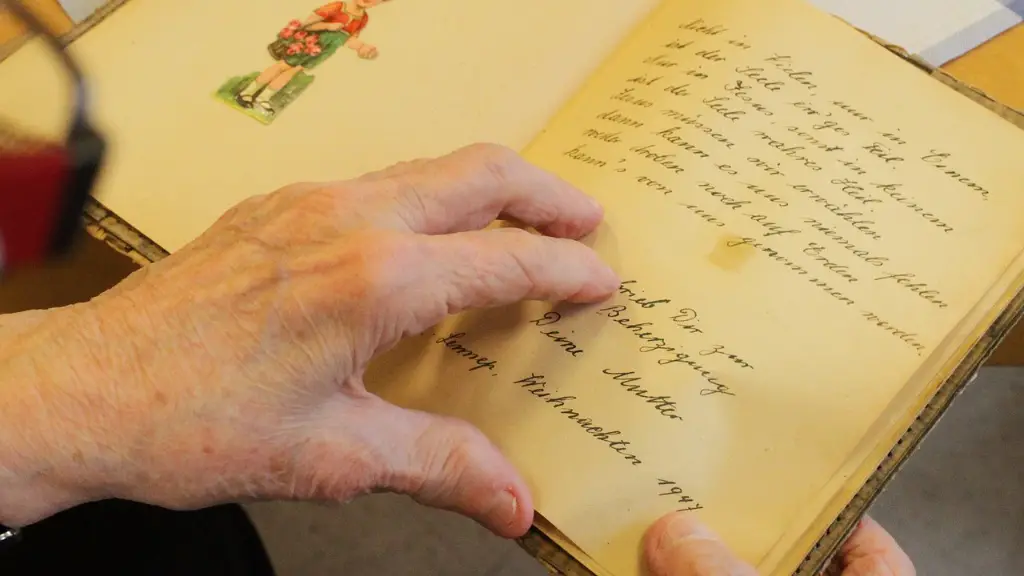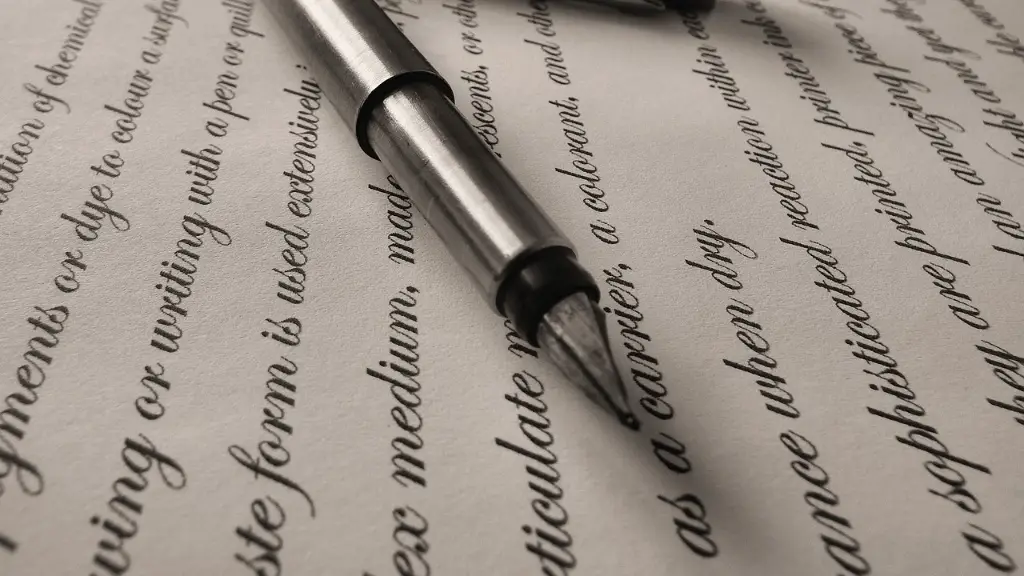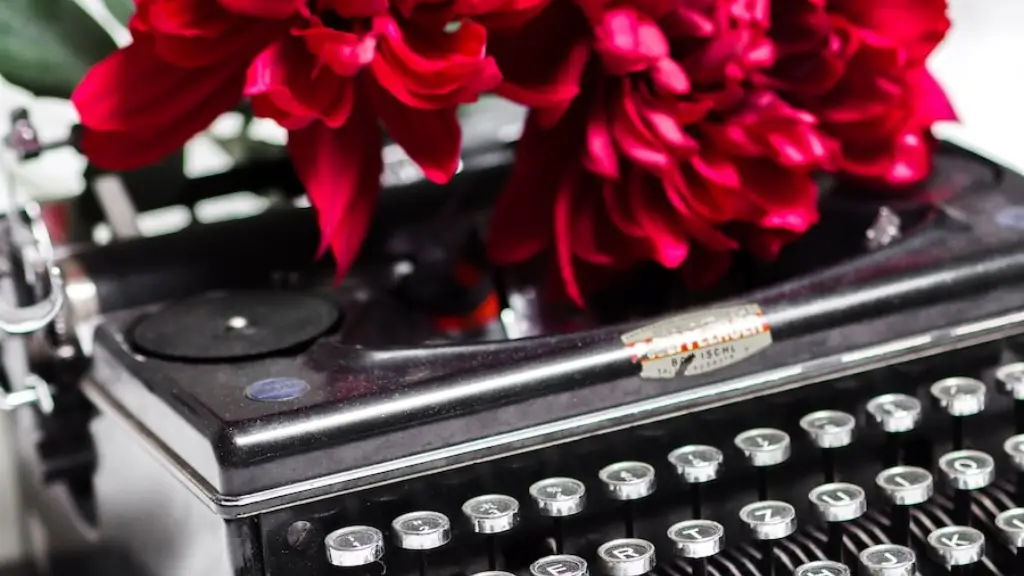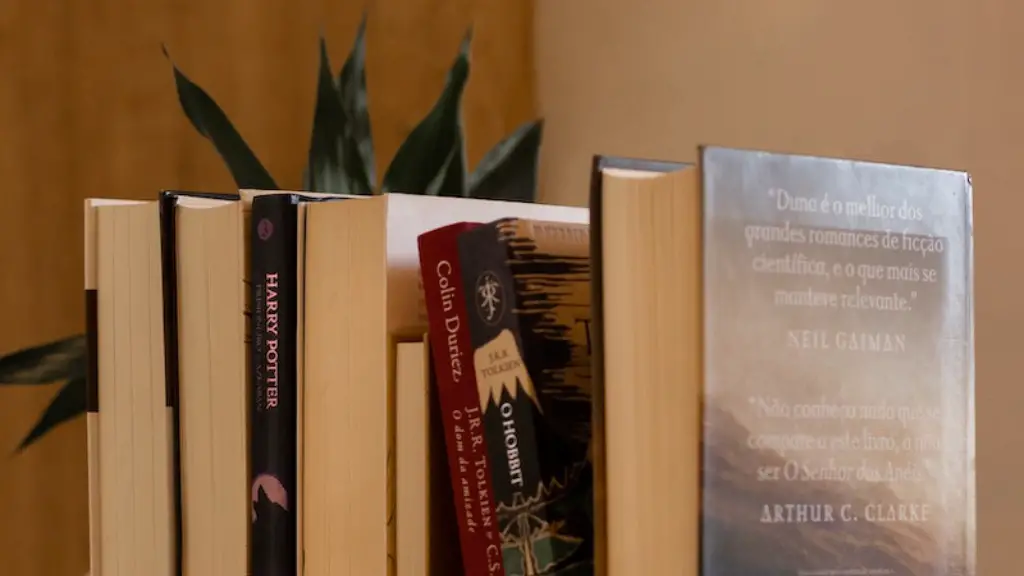Descriptive Poetry: A Powerful Tool For Creative Expression
Descriptive poetry is a literary form that uses words to create a powerful mental image or to evoke a strong emotional response in the reader. This type of poetry uses vivid imagery to paint a vivid picture of the subject matter and make it more alive. It also often explores philosophical ideas and deep, abstract themes in a more accessible and relatable form than other poetry forms. Descriptive poems usually include metaphors, similes, personification, and other rhetorical devices to create their vivid and powerful imagery.
Descriptive poetry has become extremely popular in recent years for those looking to express their feelings about a particular topic. This type of poetry is often used in visual art, music, theatre, and even advertisement. It has become a powerful tool in the creative expression of emotion, thoughts, and ideas by using vivid language to create a vivid and powerful impression in the minds of readers. In fact, it can be argued that descriptive poetry is an important component of most literary works.
The aim of descriptive poetry is to illustrate and explore a concept, or to evoke an emotional response. When using descriptive poetry, the poet must use vivid language and imaginative imagery in order to effectively and accurately portray the subject matter. This allows readers to connect with and understand the poet’s message on a deeper level, as they are able to receive conscious and subconscious messages from the content. As mentioned before, descriptive poetry often explores philosophical and deep, abstract themes, and this can be a powerful tool for personal development, as it gives readers the opportunity to look deeper into the meaning of life.
There are various forms of descriptive poetry, such as lyric poetry, elegy, ode, and eulogy. Lyric poetry is probably the most popular form of descriptive poetry, as it is widely used in music and other forms of media. Lyric poetry often speaks of love, loss, and other thoughts and emotions that inspire the poet. Elegy is a more formal type of descriptive poetry that pays tribute to someone who has passed away, while ode and eulogy are two very different types of poems; odes are often used in praise or dedication to something or someone, while eulogies pay tribute to someone who has passed away.
Syntax and Rhyme – Crucial Elements To Consider For Descriptive Poetry
When writing descriptive poetry, syntax can be an important element to consider. Syntax is the ‘rules’ of grammar which helps to control how we construct a sentence. Syntax gives poets the ability to create a certain mood of the poem in a very intentional way, as it controls the flow and rhythm of language. Different forms of syntax such as enjambment and caesura can be used to create a particular feeling or atmosphere in the poem. Therefore, it is important to consider how to position words and/or lines in order to get the desired effect.
Rhyme can also play an important part in descriptive poetry. Rhyme gives the poem a certain musical quality and helps to emphasis particular points throughout the poem. Rhymes can also be helpful in connecting ideas from different parts of the poem, which can make it easier for readers to form an overall understanding of the content. It is important for poets to choose the rhyme scheme carefully and use various rhyming words in order to bring out the main focus of the poem.
In conclusion, descriptive poetry is a powerful form of creative expression. It allows poets to create vivid mental images and evoke strong emotions in their readers. This type of poetry uses vivid language and imagery as well as various rhetorical devices in order to express its message effectively. Syntax and rhyme are important elements to consider in descriptive poetry, as they give the poem a certain musical quality and rhythm, as well as helping readers to form an understanding of the content.
Creative Visuals – Complementing A Descriptive Poem
A great tool to use when writing descriptive poetry is to use visuals to complement the poem. Visuals such as illustrations, photographs, or drawings can help to increase the reader’s understanding and enjoyment of the poem. As well as this, visual prompts can also help to spark ideas and inspiration, as visuals can often trigger ideas and emotions more easily than words alone. Visuals can also be used to emphasise particular points in the poem, as well as making the reader pay more attention to particular elements of the poem.
When it comes to choosing visuals to complement a descriptive poem, the most important factor to consider is relevance. The visuals should be relevant to the poem in some way, as this helps to emphasise the points made in the poem and increases the reader’s understanding. As well as this, the visuals should also be aesthetically pleasing and should complement the poem, as this will make the poem more enjoyable.
Creating visuals to complement a descriptive poem can be a fun and rewarding way to express emotions, thoughts, and ideas. This is a great tool to use for those who are looking to create something visually beautiful and unique. Creativity and imagination are key when it comes to creating visuals that complement descriptive poetry, and it can be a great way to express oneself in a unique and powerful way.
Social Platforms – An Ideal Place For Descriptive Poetry
Social media platforms such as Facebook, Twitter, and Instagram have become an ideal places for poets to share their descriptive poetry. Not only can poets use these platforms to share their poetry with the world, but they can also gain valuable feedback from their followers. Social media also gives poets a great opportunity to set up their own profiles and websites in order to share their work and connect with more people.
Social media platforms can also be great for finding inspiration, as poets can browse and explore the works of other poets all over the world. This can be a great way to find new and interesting ideas and to stay up to date with the latest trends in poetry. Poets can also look at other people’s work and gain insight into different styles and techniques which they can then incorporate into their own work.
By using social media platforms such as Facebook, Twitter, and Instagram, poets can gain invaluable exposure and recognition. This can be a great way to get their work seen by a wide audience and to get valuable feedback from other poets and readers. It is an effective way to build an audience and to establish oneself as a poet.
Benefits Of Writing Descriptive Poetry
There are numerous benefits to writing descriptive poetry. Not only can it be a great way to express emotions and ideas, but it can also be a great outlet for creative expression and personal growth. Descriptive poetry can be a great tool for exploring the deeper themes of life, philosophy, and religion, and it can be a great way to stimulate the mind and explore ideas in a more personal and interesting way.
Writing descriptive poetry can also be a great way to find inspiration and to stay up to date with current trends in poetry. This type of poetry often explores philosophical and deep, abstract themes, and this can be a powerful tool for personal development, as it gives readers the opportunity to look deeper into the meaning of life.
Finally, descriptive poetry can be a great tool for getting creative with language. Poets can use various devices such as metaphors and similes in order to create vivid imagery and to evoke strong feelings in their readers. This type of poetry can also help poets to find their own unique writing style and to develop their own creative techniques.
Modern Descriptive Poetry – The Next Creative Frontier
Modern descriptive poetry is a new and exciting form of creative expression. The current climate of modern poetry is influenced by technology and social media, and as such has allowed poets to express themselves in new and innovative ways. Technology has enabled poets to create new forms of poetry and to explore deeply philosophical themes. This type of poetry often incorporates visuals, which makes it more engaging and powerful.
Modern poets also often use social media platforms in order to share their work. Not only can they showcase their work to a wide audience, but they can also gain valuable feedback from followers. Social media is a great tool for poets, as it allows them to connect with like-minded people and to stay up to date with the latest trends in poetry.
Modern descriptive poetry is a great tool for creative expression and personal growth. It can help poets to explore ideas in exciting new ways and to express themselves in powerful and unique ways.
Combining Art Forms – Exploring Descriptive Poetry Further
Descriptive poetry can be further explored by combining various art forms. Visual art, music, and theatre can be combined in order to create something truly unique and powerful. This type of creative expression can be used to create something truly mesmerising and can help poets to express themselves in even more innovative ways.
The combination of art forms can help to bring out particular themes and messages in poetry. Visuals, music, and theatre can be helpful in conveying a specific message or idea, as they often trigger ideas and emotions more easily than words alone. This type of creativity can be used to explore new ideas and to take descriptive poetry to the next level.
Combining art forms is a great tool to use when writing descriptive poetry. It can be used to create something truly unique and powerful, and can help poets to explore ideas in new and innovative ways. It is also a great way to express oneself in a creative and meaningful way.





